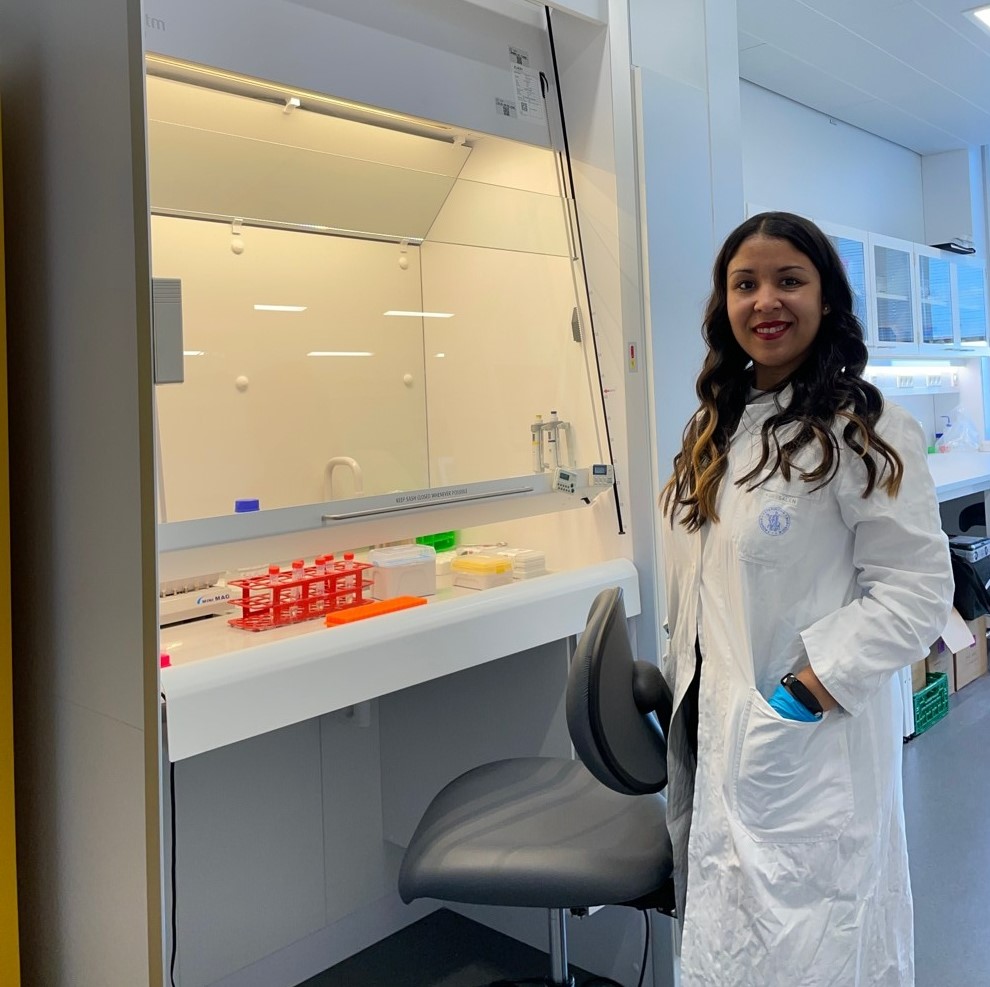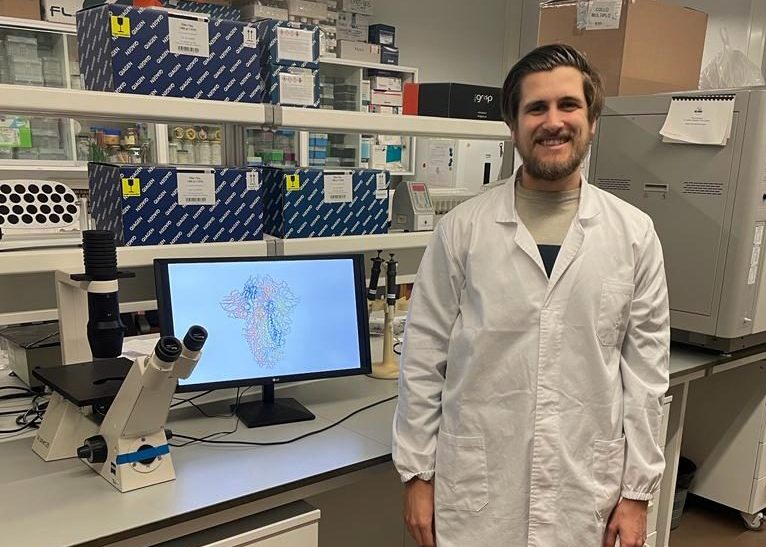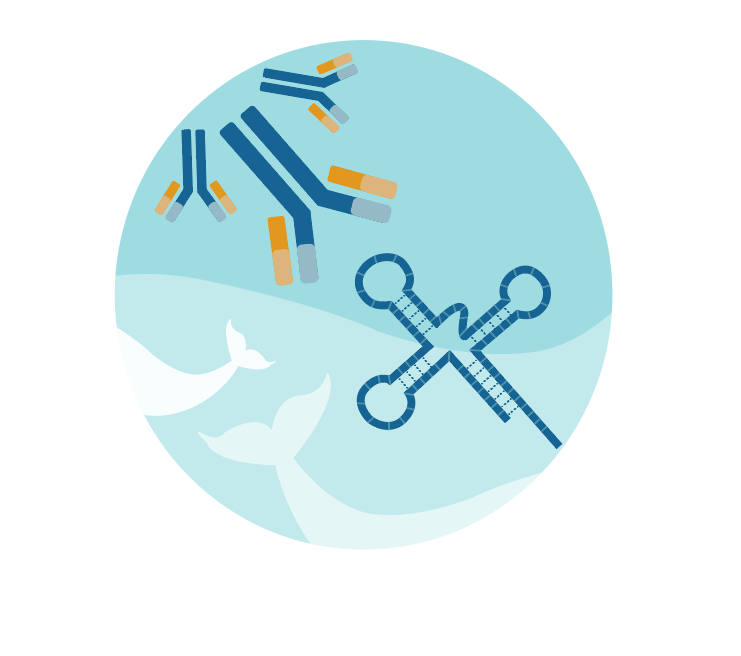On November 3, ICBAS celebrated the International One Health Day. The “1st Porto One Health Day” brought together experts from various areas of health to discuss the One Health approach.
An event that featured a diverse range of experts from various areas of health (human, animal and environmental): from food safety, climate change, interaction between humans and animals, antibiotic resistance, impact of the oceans on human health, impact of pandemic in cancer patients, to HIV and emerging diseases. The closing session was performed by the co-founder of the One Health Initiative, Dr. Laura H. Kahn.
Minutes before her intervention, we had the opportunity to talk to her. A conversation that could have lasted hours and highlighted the urgency of “restoring our planet”. The One Health concept, which recognizes that life on earth is interconnected, must be the way. For this “we must educate the new generations in this sense.”
When was the first time that you heard talk about One Health?
Well, we have to go back to 2001. It was a combination of factors: first, I was just about to start my master’s in Public Policy at Princeton University; second, was the year of the 9/11 terrorist attacks, and third was the year of the anthrax attacks in the United States. Those three situations have changed the course of my career. During my master’s, I started studying biodefense, and I was shocked by how many agents of bioterrorism there are and how many emerging diseases are zoonotic (animal diseases that infect humans). During my research, I became more interested in trying to understand these relationships, and I discovered that departments of health and departments of agriculture rarely, if ever, communicate or collaborate with each other, and physicians and veterinarians rarely if ever do so.
In 2006, I published the paper ‘Confronting Zoonosis, Linking Human and Veterinary Medicine’ in the CDC Journal of Emerging Infectious Diseases. That was the beginning. When that paper came out, I got a huge response from veterinarians. And one of them, Dr. Bruce Kaplan, contacted me and said that we should promote this concept, that physicians and veterinarians need to work together. So it began, the whole issue of confronting zoonosis. And at that time, I learned through the veterinarians of a Doctor Calvin Schwabe, who wrote a textbook where he coined the term One Medicine. So, One Medicine was a term that had been used in veterinary medicine for decades. Also, at the same time, back in 2006 or 2007, the President of the American Veterinary Medical Association, Roger Mahr, met with the President of the American Medical Association, Ronald Davis, and they agreed to have a collaboration between their two organizations. Dr. Davis said that they needed to have a resolution passed to be able to do this. So, I was asked to write a resolution with the assistance of the two doctors Davis and Mahr, and my colleagues Dr. Kaplan and Tom Monath, who’s a physician virologist. We wrote up a resolution on One Medicine and have since been promoting this concept.
How did you move from the ‘One Medicine’ to the ‘One Health’ concept?
It was a political decision by the AMA to make it One Health. It has evolved to include much more than just zoonotic diseases. It includes antimicrobial resistance, food safety and security, even climate changes and agriculture, as well as chronic diseases. In veterinary medicine they study a field called comparative medicine, disease processes across species. So many chronic diseases are shared across species. One Health is something more global – a term that encompasses all these issues.
So, you wrote the One Health resolution and then what was the next step?
What happened then, very tragically, Dr. Ronald Davis was diagnosed with pancreatic cancer, and died within that year, and that was a huge blow. The president of the American Medical Association died. So, the American Veterinary Medical Association established a One Health Task Force. Then, that task force evolved into the One Health Commission now headed by Dr. Cheryl Stroud who is a veterinarian. So, the veterinarians have run with One Health and the physicians have largely not been engaged. At least in the United States. But I think that’s what we have been seeing in other parts of the world as well. The veterinarians have been driving this because they recognize it in their training.
Why do you think it took so long for professionals to realize that they need to collaborate and to reach the community?
Well, in the 19th century there was a lot of collaboration between physicians and veterinarians and, in fact, Sir William Osler, who’s considered the father of modern medicine in the United States, went to Germany to train under Rudolf Virchow, considered the father of pathology. In the 20th century, you got a split. With the advent of cars, horses became less important. And so, their role (veterinarians) became more dog and cat doctors, you know, in addition to large animals. In parallel, medicine became increasingly specialized, focusing on organs, on cellular processes, and so physicians are not trained in the big picture. To do that, you need to go to public health, to learn about epidemiology. All these splintering’s affect the health care in a detrimental way.
What should we do to influence powerful people to establish a One Health Approach?
Money talks. Right now, at least in the United States the people who make the most money are the subspecialists. Primary care, that’s not where the money is. Therefore, it is a serious problem, and we need to revalue this holistic thinking rather than having such splintered care. And that requires a whole change of approach. However, medicine is very resistant to change. It evolved over a century of sub specialization and how do you back up a One Health practice, it’s not an easy thing to do. So, again, it’s money. Its priorities. So, the goal of having healthy people, having a healthy environment, good food, clean air, clean water. Those are things that people don’t make money off. Those are public health essential services provided by governments. The public needs to demand that from their political leaders.
"We need more education to teach the public. The government should ensure that their public is healthy, that they live in a healthy and clean environment."
So, we need more education…What is the role of the government?
We need more education to teach the public. The government should ensure that their public is healthy, that they live in a healthy and clean environment. In my course ‘Bats, Ducks and Pandemics’ I say, what is the role of government? To ensure domestic tranquility, to ensure that people don’t have to worry about being killed when they interact with strangers, to ensure that people are healthy and that their safety is secure.
If you look through history, at the golden eras of different countries, the golden eras when they had different people living in harmony together and allowing education and scientific inquiry and the arts to flourish. You see this all throughout history, golden eras allow people of different backgrounds to live together and to collaborate. When you go into a dark age, that is, when you start blaming people for your problems and you start going into a fascist state of violence and murder and all of that, you descend into darkness. We’ve seen this time and again throughout history.
And where are we now?
Well, in the United States it’s a scary time, because we are teetering on that plateau. We had a golden era and I’d hate to see us descend into fascism with the blaming of different people. We are at that precipice and part of the problem is we have had very very wealthy people and very very poor people and no middle class. You need to have a middle class in order to have everybody comfortable and living a decent life. Without that you get a lot of anger and violence, and it becomes a dangerous situation. We are reaching a very dangerous period and it’s much easier to blame others than to try to solve our problems. And then you have the competing interests of all these large corporations that don’t want to be taxed, and the wealthy don’t want to be taxed, so they pay the politicians to continue this way of doing things.
In this case, how do you think institutions could work together to combat this misinformation?
I studied leadership during epidemics for my first book ‘Who’s in charge?’. One of the common mistakes that political leaders make, or maybe it’s not a mistake, they do it deliberately, is to find people to blame, to find a scapegoat. And when you start doing that, your ability to save lives is reduced. I’ll give two examples of that. A smallpox outbreak in Milwaukee, Wisconsin in 1894, and a smallpox outbreak in New York city in 1947. Two outbreaks responding to smallpox. In the first one in Milwaukee, the political leader delegated decision making to his health commissioner, who started blaming the poor Polish population living in the city as causing this outbreak. Rumors were being spread about the hospital and the wealthy were given preferential treatment over the poor. The press, the media, were also writing stories. Over 900 people came down with smallpox, and over 200 people died over the course of the year. Now, contrast that with the smallpox outbreak in New York City in 1947. This was right after World War II. Again, the mayor of New York City delegated the decision making to the health commissioner who convened a team. They were collaborating, they had very good relations with the media, all rumors were stopped very quickly. They were very open and transparent. Nobody was blamed and they got hundreds of people to volunteer to help. The mayor, very famously, got vaccinated by the health commissioner. So, they were serving as role models and in the end, they had something like five cases of smallpox and two deaths and they vaccinated 600,000 people in around a month. So, that is what one could consider a gold standard of the two different responses. So, you have to have trust in government, trust in your leaders. Your leaders need to be honest, transparent, no scapegoats, you cannot start blaming people for the problem because it’s not their fault. Political leaders and public health leaders need to work together. It’s essential for a successful response and to gain public trust. And when you see countries that don’t do this, they get lots of deaths.
What is our major current threat and what can we do to avoid it?
Climate change is the existential threat that civilization faces. That’s number one. Number two is the destruction of our natural resources, the deforestation, that’s also tied in with climate change, and the overfishing of the oceans. The diminishment of our global resources is, along with climate change, a major threat that requires political solutions. They are meeting now in Glasgow and it’s very hard to try to get agreements. Number three is…. this pandemic has certainly shown us that one virus can wreak havoc around the world, but I don’t think a pandemic will end civilization the way climate change threatens a civilization.
Do you think we have learned anything from this pandemic?
People forget very quickly. It’s really quite striking to me how people forget and how they believe misinformation and how it all happens in real time. In the US, even when people lay dying from the virus, they refused to believe that they were dying from the virus. It’s just stunning. How people can be so misinformed, right up to their dying breath, they won’t accept it.
It’s like climate change…
Yes, but here you have people literally dying from a virus that they don’t believe exists. It’s much easier not to believe climate change exists, even with the fires and the flooding that are visible before us. But if they’re being fed misinformation, they won’t believe what’s in front of their eyes. And our biggest challenge is to overcome the misinformation that’s being spread by the entrenched interests that don’t want us to change our practices.
This text was written by Bárbara Silva, Communication Manager | Internationalization Working Group
And Begoña Perez Cabezas | One Health Programme Officer at ICBAS


